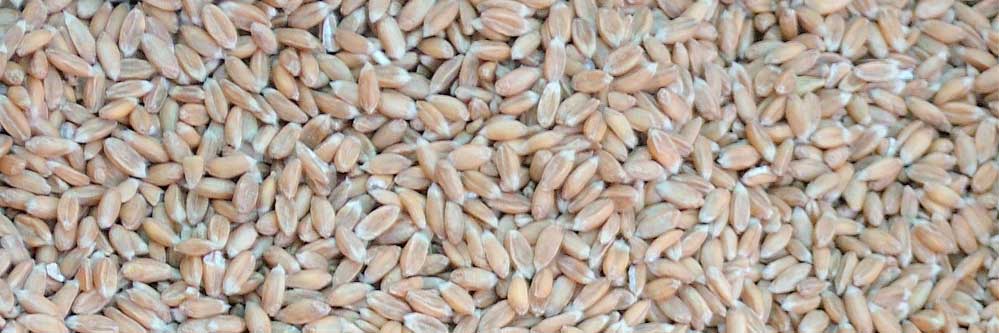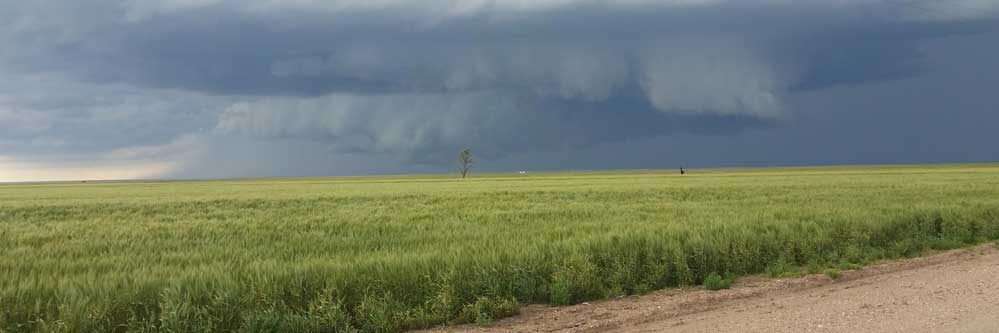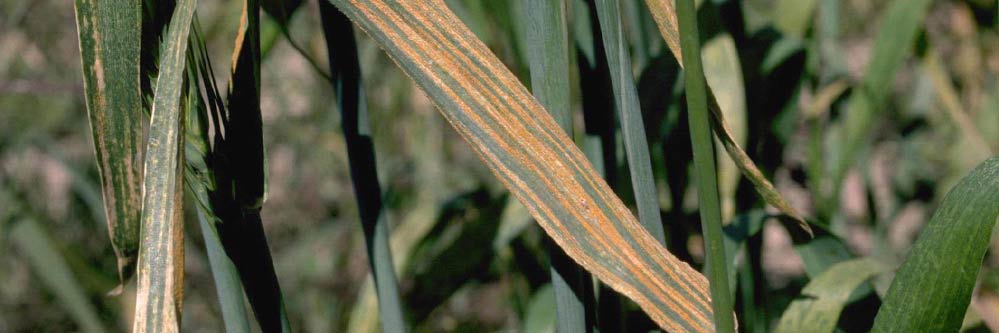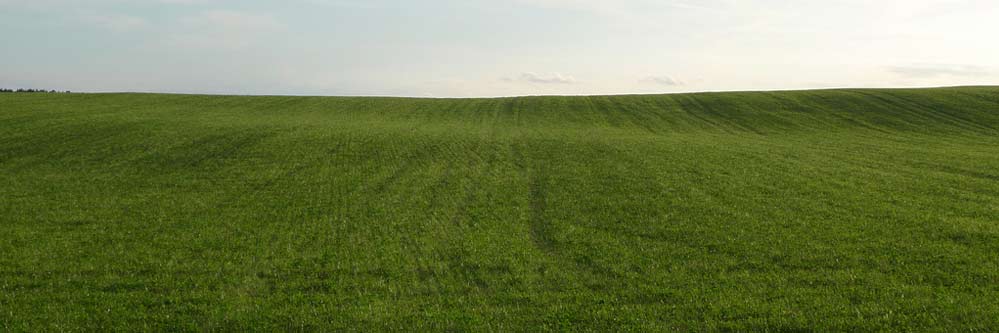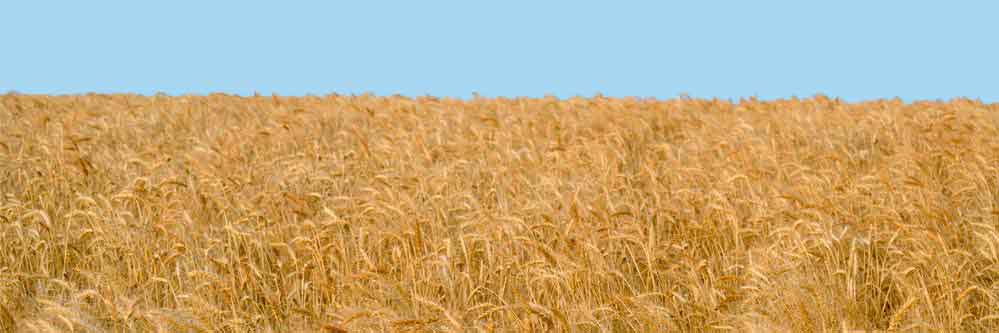Improve Winter Wheat Stands with Seed Treatments
Winter wheat planting time is rapidly approaching. Now is the time to evaluate your seed supply for its quality. Having seed cleaned to eliminate the light test weight kernels is a good idea. If the germination rate is low (less than 90%) you may want to use a seed treatment to increase the survivability rate [...]
